Virtual Reality In Nuclear Industry
The nuclear industry is rapidly embracing virtual reality technology (VR) to optimize its operations and improve safety. VR companies build an interactive 3D virtually realistic environment where the teams can be trained without compromising anyone’s safety.
While nuclear power plants are usually very safe and secure, they remain prone to severe accidents or production losses due to human errors. Virtual Reality makes it possible to create realistic and immersive training environments of nuclear power plants to train operators on how to perform the tasks safely. VR training allows trainees of NPP to practice various situations such as emergency evacuation, plant operations, fuel handling, leaks and fires in a virtual site. As the simulated environments feel extremely realistic, it helps to create a highly immersive experience to teach the right response in difficult situations.
In this article, we’ll discuss various ways in which VR is enabling the nuclear industry to progress rapidly.
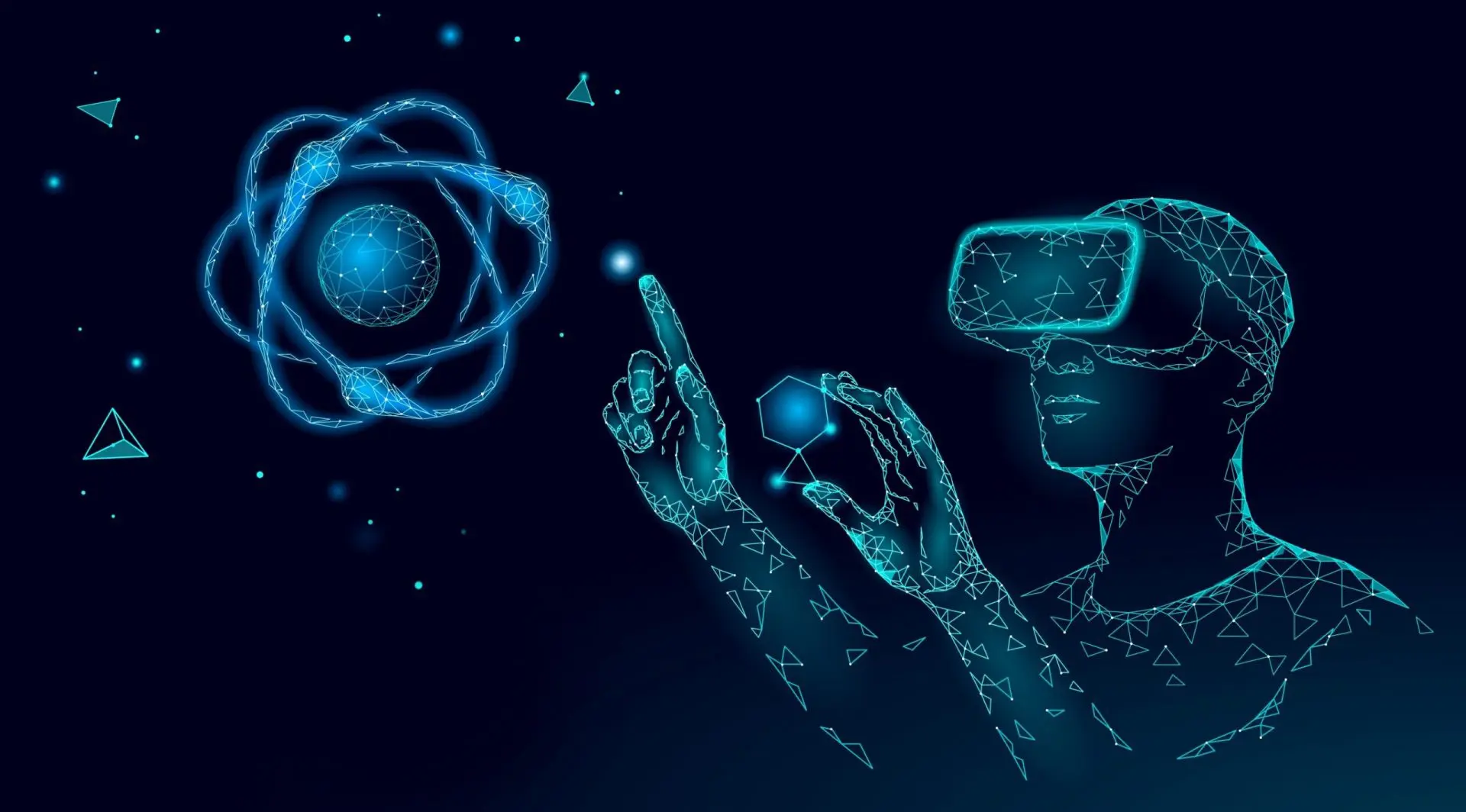
What are the uses of VR training in the nuclear industry?
Maintenance training of turbines
The turbine-generator is the most important component in the power plant, other than the reactor and steam generator. Periodic inspection and maintenance of the turbine r are very important. However, conducting hands-on maintenance training of the turbines and engines in a nuclear plant can be a challenge, especially due to the time it takes, risks and the costs involved. Nuclear power plants (NPP) or training institutes may even need to purchase spare plant components and transport them to the training area to tackle the training efficiently. Moreover, maintaining such hardware is also a challenge. Even physical models showing various components of a turbine or an engine do not allow engineers to see them in action.
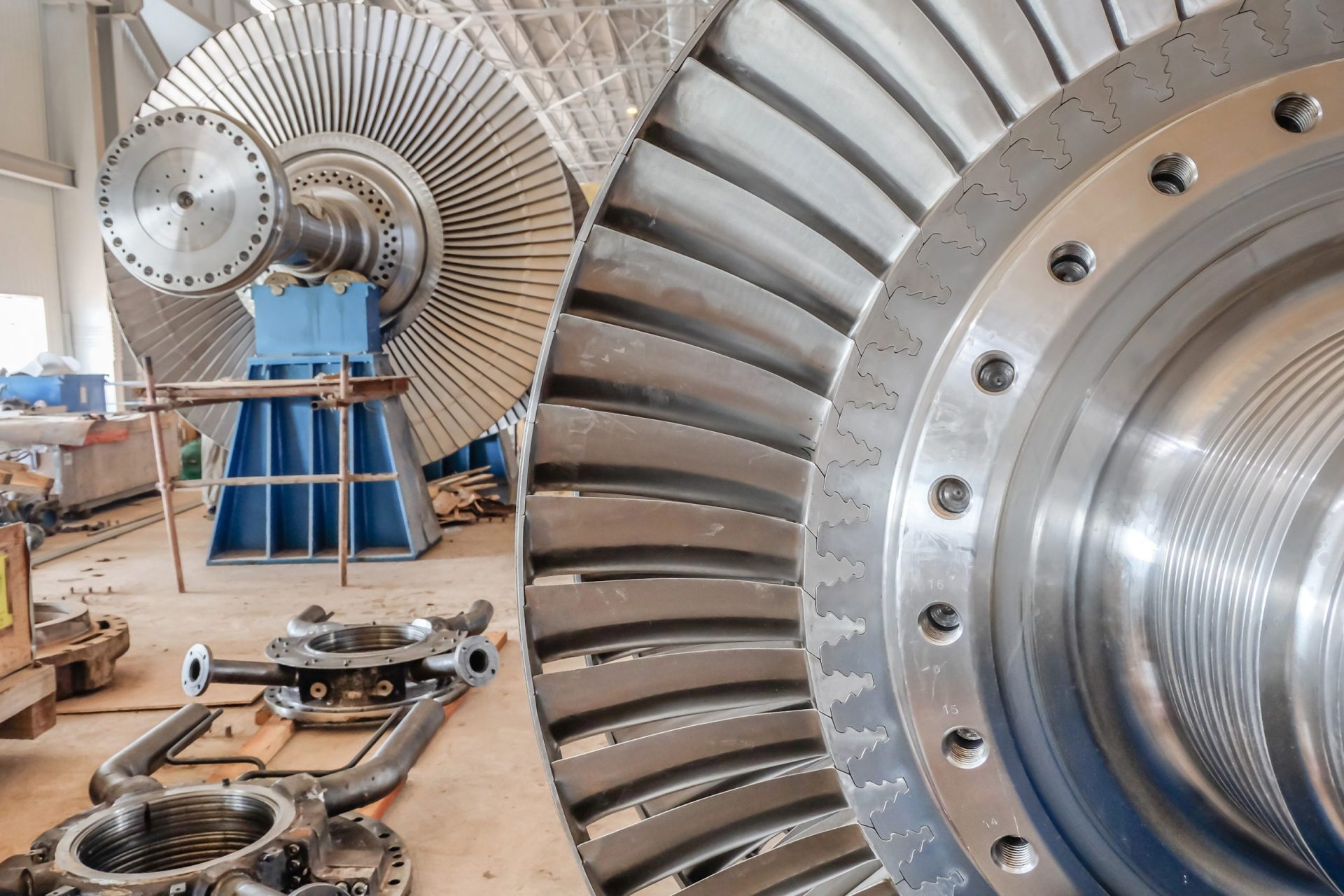
VR makes it possible to impart training for the maintenance engineers in a more engaging and safer manner without the hassles of finding the actual equipment to train. Right from assembly, dismantling up to repairs of turbines, Virtual environment or VR helps young technicians to go through various steps of training and see all the parts working together before they go in to do so in a real plant.
Operator training for control room operations
Training the engineers and operators to handle crucial functions in the control room of a nuclear plant is extremely critical. Virtual reality has proved to be an effective and efficient training tool to impart knowledge of controls. To enhance users’ understanding of the nuclear reactor principles, a virtual reality system based on a simulator can be developed to interface with the scenarios in nuclear power plants (NPP). With VR, nuclear plants can provide an immersive training experience to its operators without affecting the overall safety of the power plant. Plants can simulate basic operations to emergency situations with real-life stress factors to make the training very realistic.
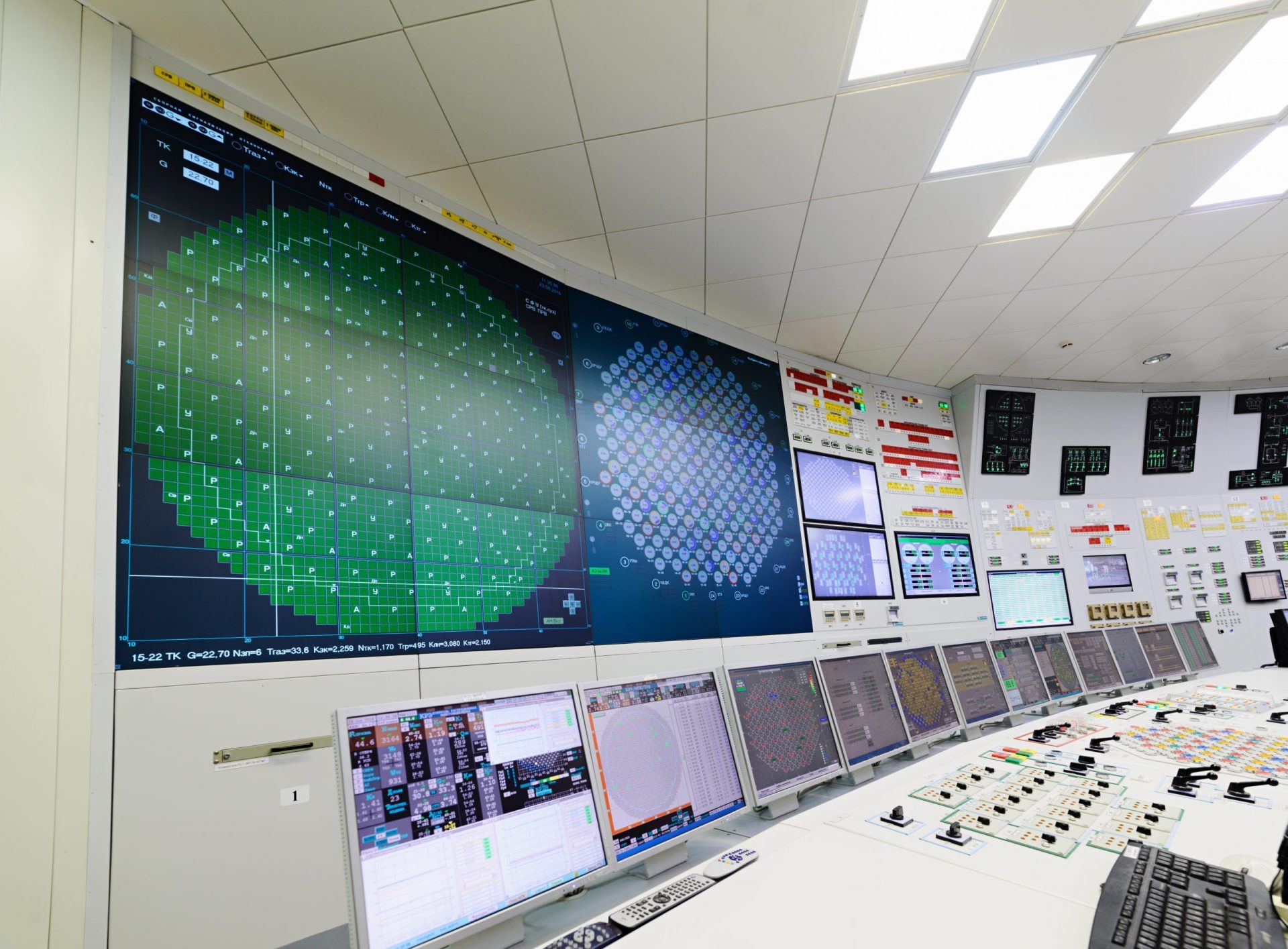
Nuclear Power Plant Orientation
Entry in a Nuclear Power plant is highly restricted and especially not open to young engineers or visitors. Virtual Reality can be useful for creating a mock-up of the nuclear power plant and allow engineers to perform the activities within the plant. VR allows engineers to freely navigate through a nuclear power plant, without compromising safety and better understand the orientation of the plant. Virtual Tours of Nuclear Power Plants allow visitors to experience the control room, dive down to the reactor, head to the turbine hall and switch yard.
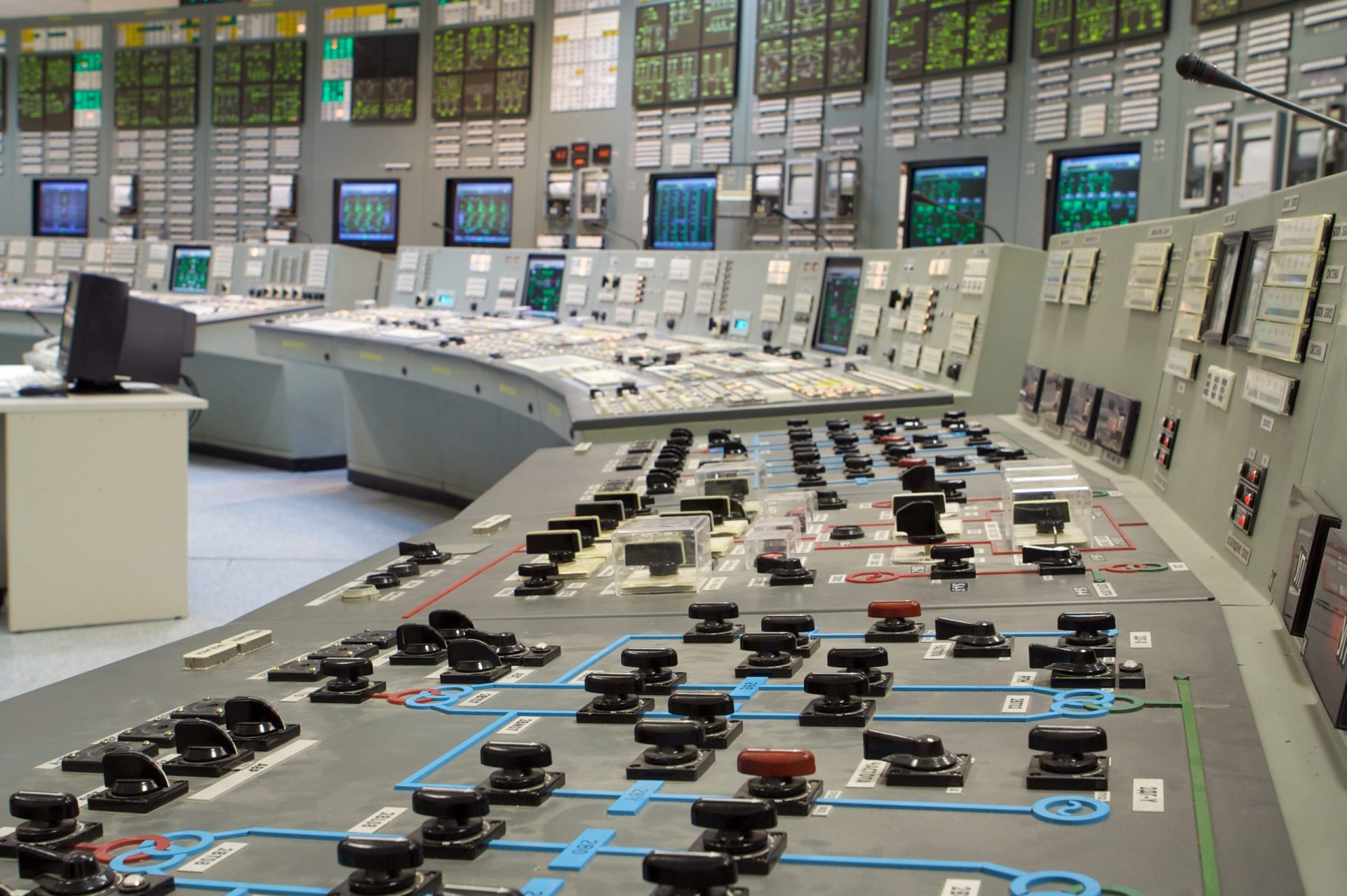
Decommissioning of Nuclear Plants
Providing training for decommissioning nuclear power plants is a lengthy process. VR gives a sense of what it’s like inside those reactors, it’s serving a critical role in training teams to decommission the reactors
Virtual Reality training can help nuclear power plant (NPP) workers at decommissioning sites by familiarizing them with the relevant steps in a safe and controlled environment.
Necessary training set up in highly realistic environments can help prevent fatal accidents. Using VR for decommissioning training is also cost-effective since operators need disposable protective gear for physical training, which can be extremely expensive. In some countries, decommissioning authorities have also started using VR-powered decommissioning solutions as robots can work faster and remain unaffected by continuous exposure to radioactive elements.
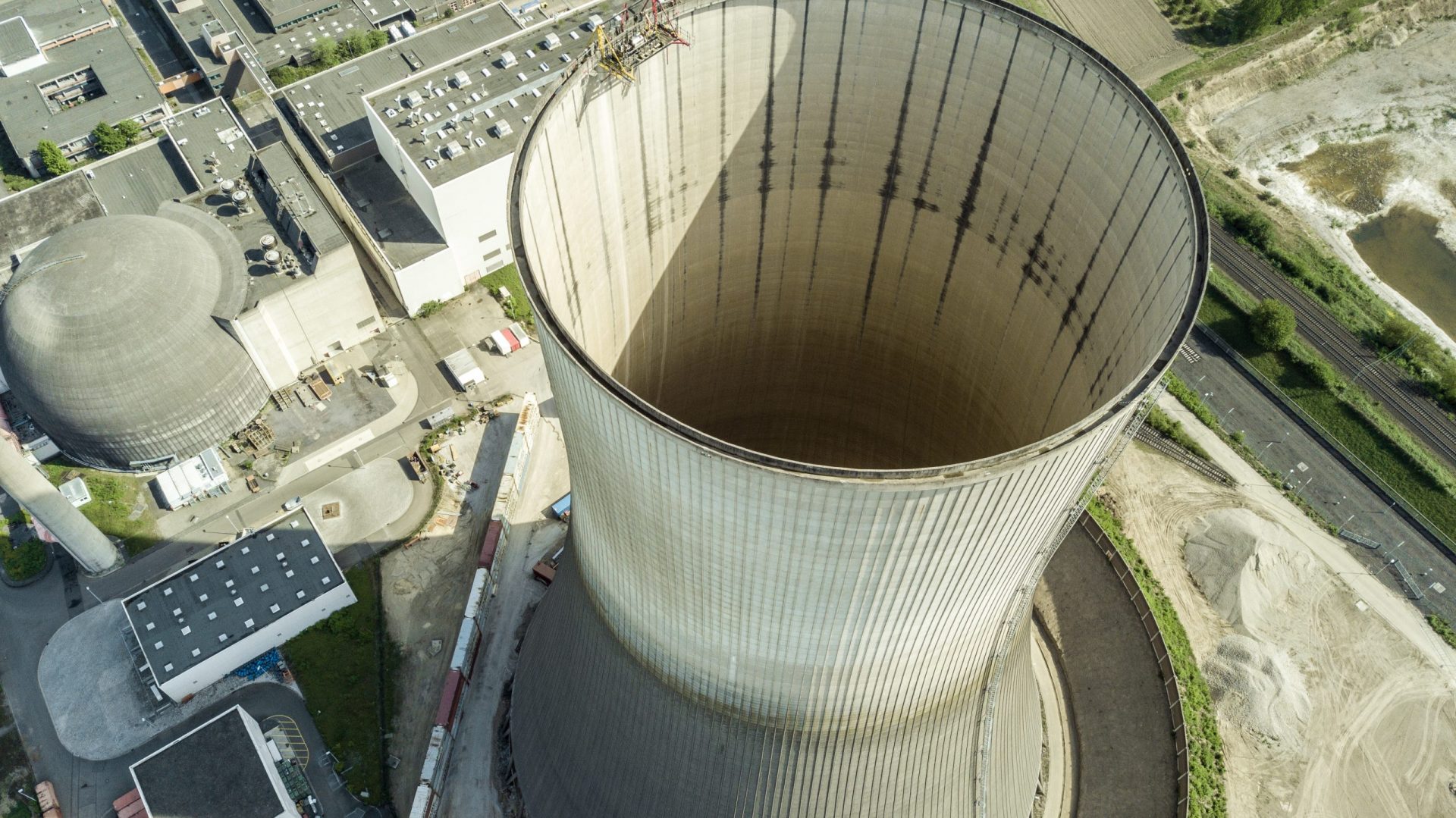
Fuel handling
Training of operation and maintenance crew for fuel handling systems in NPP is a necessity since this system performs on-power refueling. Safe handling of fuel assemblies is important to ensure smooth functioning without posing an unnecessary risk to safety or the environment. However, the configuration of the fuel channels is incredibly complex, and training the engineers in real life can be tricky.
Through computer simulations, VR provides a safe and highly realistic environment where one can learn about handling fuel without exposing themselves to radiation or compromising the structural integrity of the nuclear reactor.
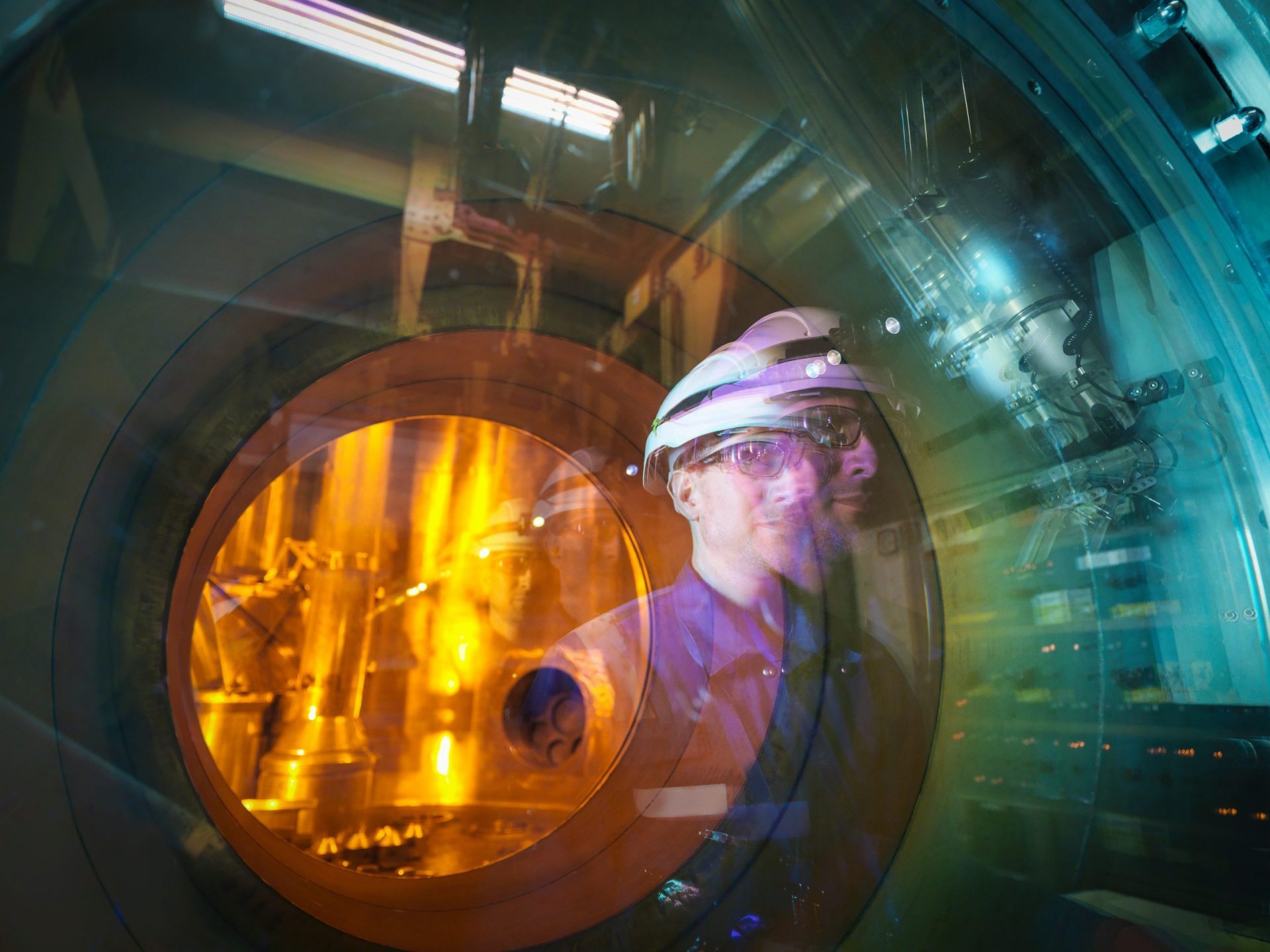
Scenario-based training for emergency preparedness
Preparing for accidents and emergencies that may occur at a nuclear power plant is a necessity. Law in each country requires nuclear operating companies to develop and maintain emergency preparedness plans for their nuclear power plants to protect the public. However, planning for such training can take up a considerable amount of time and resources. Here’s where training in a simulated environment is important. Emergency situations like, loss of electric supply, failure of emergency generators , failure of cooling system , leaks can be re-created in a virtual environment for training and testing purposes .Virtual environments make it possible to test the correct operation of the devices, tools and procedures that would be employed in different emergency situations, and also it helps to maintain the level of preparedness of the staff that would be involved with these emergencies. Additionally, VR makes it possible to test, response time, communication and decision making skills of the teams in emergency situations which is not possible to create in real life .
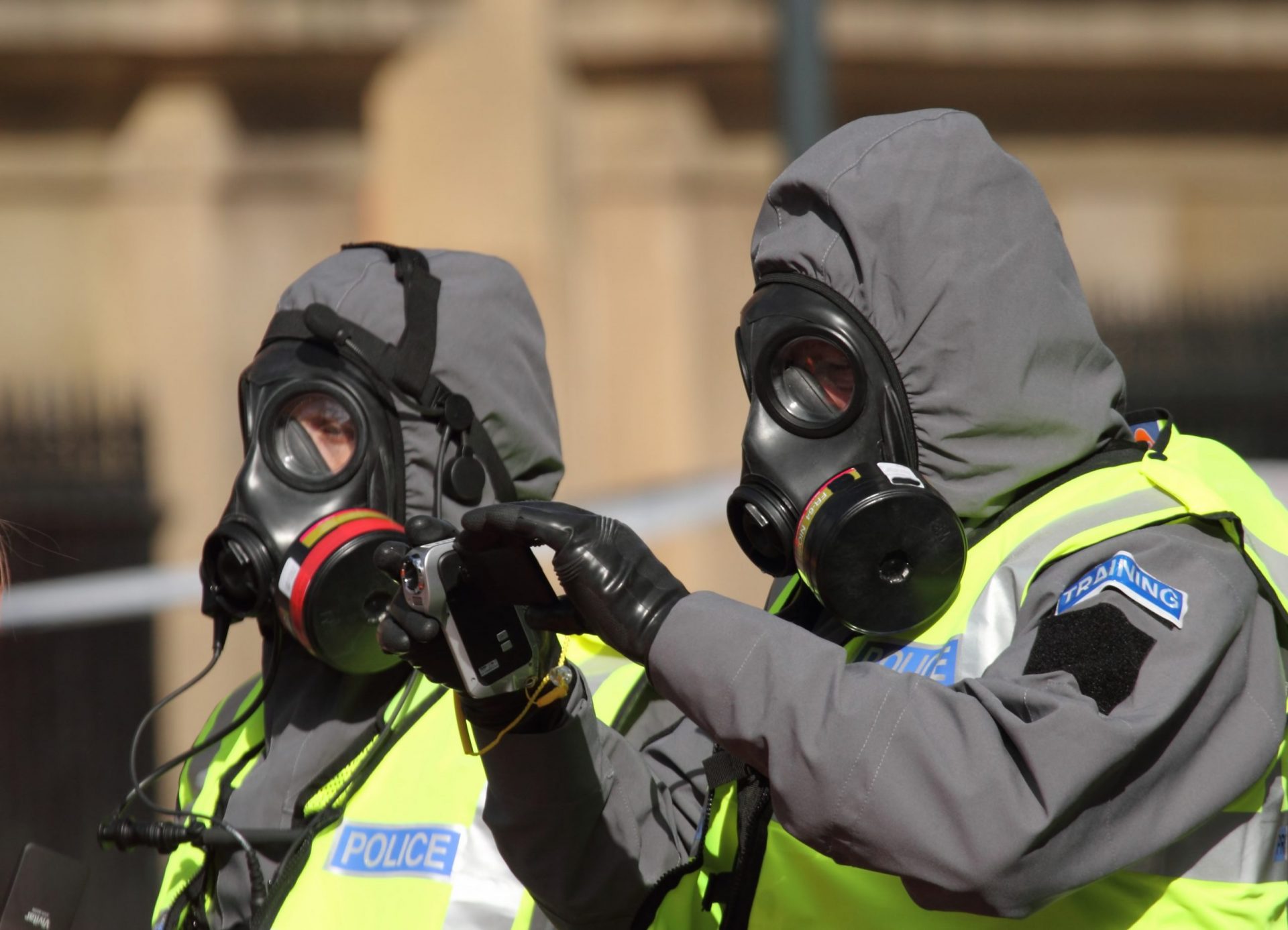
Why is training and capacity building through VR useful?
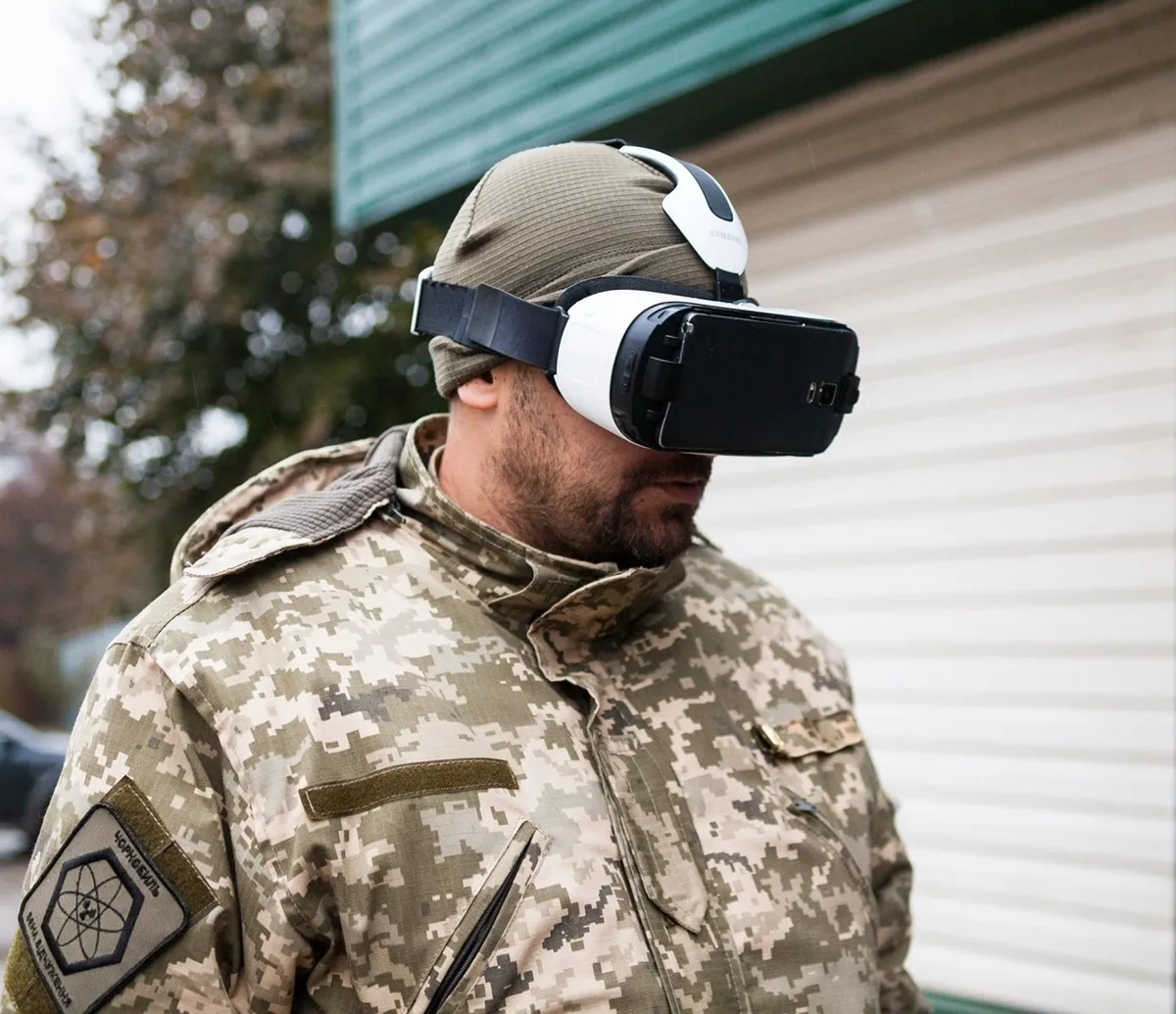
Traditional training is primarily done through Computer Based Training (CBT)along with limited sessions of on-site training. As a result, the engineers are not very certain about what needs to be done in real-life situations.
VR makes it easy to create, simulate, and actually immerse yourself in the environment as if it were an actual nuclear power plant (NPP). Trainees can go forward and backward at the push of a button and can turn or move up and down by moving their head in that direction. VR controllers allow the trainee to grip objects in the virtual world and bring them closer enabling them to interact with it. VR training results in higher reproducibility and safety. It is also cost-effective since multiple sessions can be conducted without spending an astronomical sum. Studies have shown that VR-enabled training has improved the overall responsiveness of those working at nuclear plants. VR in the nuclear industry is definitely helpful as a performance-boosting measure.
Future of VR in the Nuclear Industry
The best thing about VR is that it enables real-time collaboration and creates an accurate immersive environment. Assembly, operations, maintenance and decommissioning of nuclear power plants — the training through VR can be used at all stages at a fraction of the cost and under complete safety.
The nuclear industry can use VR training to increase efficiency and maximize operations to a large extent. It is an incredibly safe way of training teams safely and attracting youth to the industry. Tecknotrove Systems is one of Asia’s leading VR simulation companies. Our group offers customized solutions to the Nuclear Power Plants (NPP) in areas of Radiation Safety, Environment Monitoring, Radiation Security, Air Monitoring and Emergency Management to solve the real challenges faced by the industry. Some of our clients induce Department of Atomic Energy, BARC, NPCIL to name a few. We are also Asia’s premier Augmented Reality (AR) and Virtual Reality (VR) company with a specialization in developing applications for mining, aviation, automotive and military, defence and nuclear training. Our team of experts will develop bespoke scalable and immersive VR applications that will elevate the efficiency of your personnel training programs.

